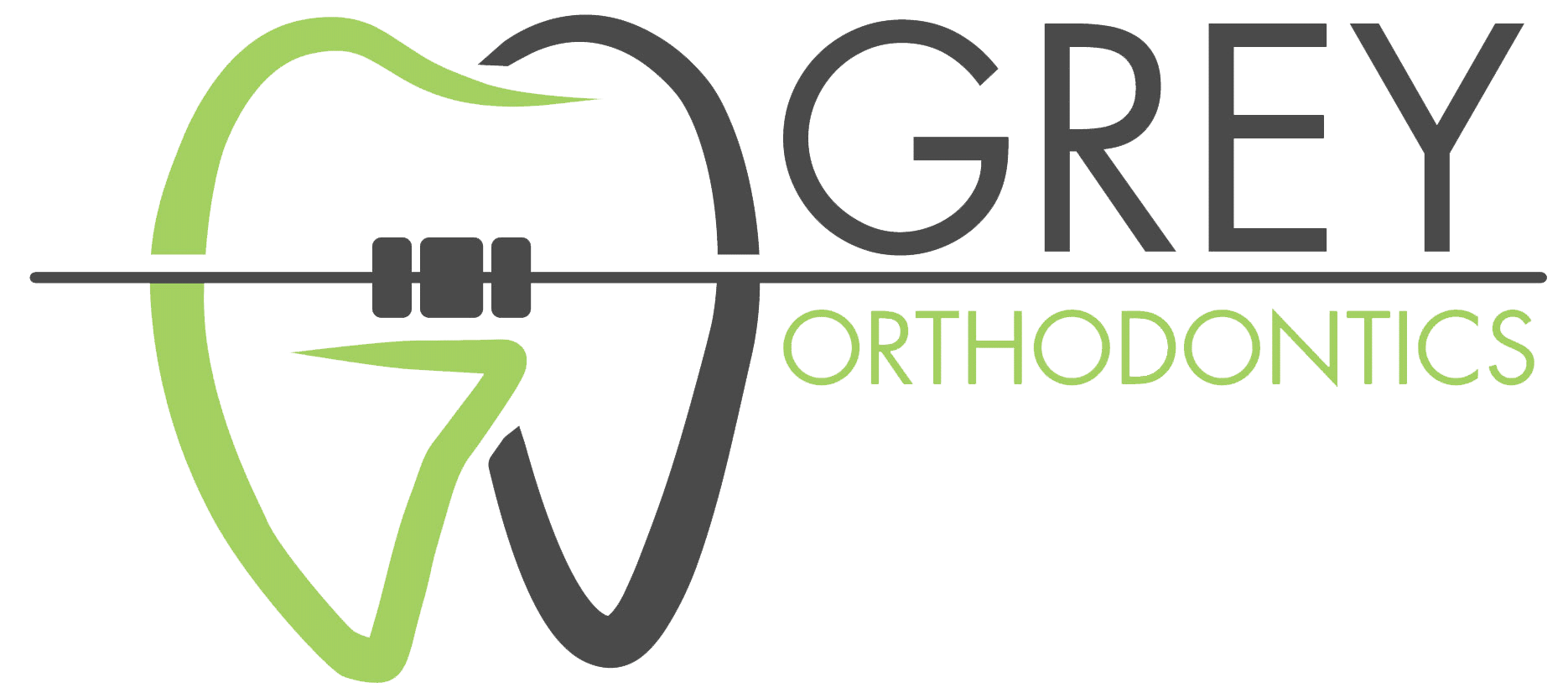Common Orthodontic Problems
Orthodontic issues are more common than you might think; most people aren’t born with perfectly aligned teeth. A condition known as malocclusion, or a “bad bite,” can affect your ability to chew, speak, and maintain proper oral hygiene. It can also impact your confidence by affecting the appearance of your smile.
Malocclusion may be caused by genetics or result from habits like thumb sucking, accidents, poor dental hygiene, dental disease, birth defects, or certain medical conditions. Whatever the cause, the good news is that Dr. Suzanne Grey can help correct these issues with personalized orthodontic care.
Learning about the problem is the first step toward a healthier, more confident smile.
Below are some of the most common orthodontic problems we treat at our practice.

Upper Front Teeth Protrusion
When the upper teeth extend too far forward, or the lower teeth don’t come forward enough, it can affect both how your smile looks and how your bite functions. This condition can impact self-confidence and may cause excessive wear on certain teeth.
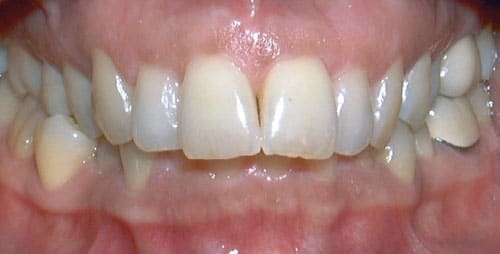
Overbite
In an overbite, the upper front teeth significantly overlap the lower front teeth. In more severe cases, the lower teeth may even bite into the roof of the mouth, leading to discomfort or damage. Without correction, it can contribute to jaw strain and uneven tooth wear.
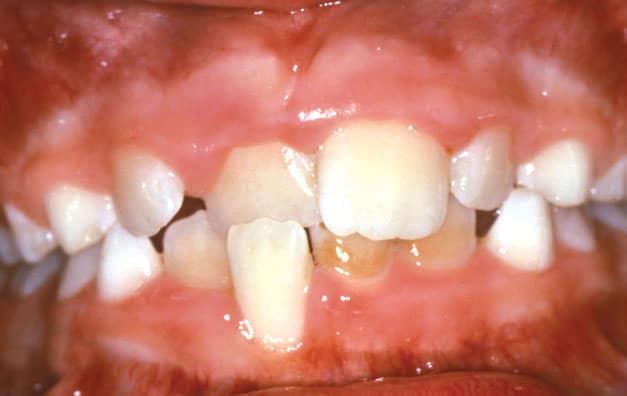
Crossbite
A crossbite occurs when the upper teeth bite inside the lower teeth. This can lead to uneven jaw growth and asymmetry, especially if left untreated during childhood or adolescence. It may also result in abnormal tooth wear or gum recession over time.
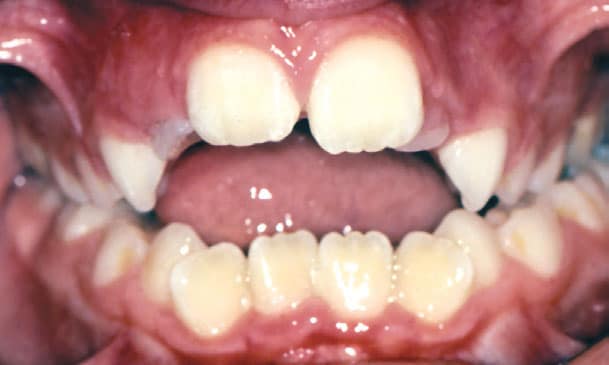
Open Bite
An open bite is when the upper and lower front teeth don’t meet when biting down, which can interfere with normal chewing and speech. It’s also commonly associated with tongue-thrusting or thumb-sucking habits. Orthodontic intervention is often key to preventing long-term functional issues.
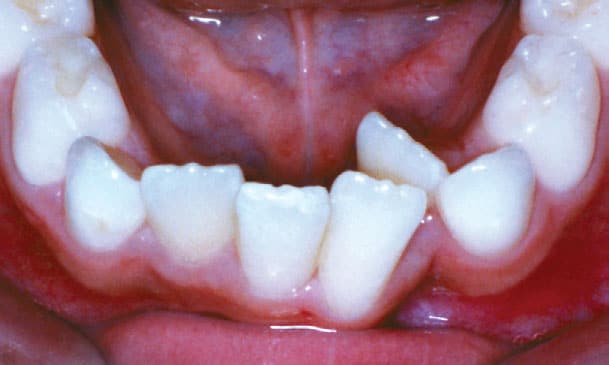
Crowding
Crowding happens when there’s not enough space in the mouth for all the teeth to align properly. It can often be corrected with orthodontic expansion and, in many cases, without removing any teeth. Addressing crowding can also improve oral hygiene and reduce the risk of cavities.
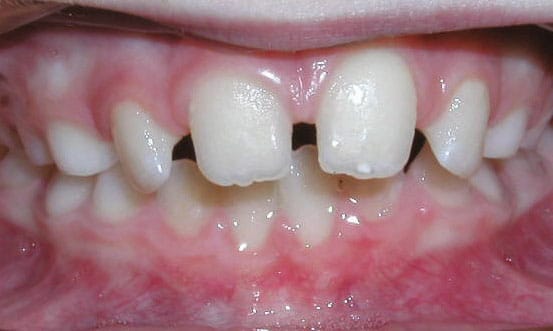
Spacing
Gaps or spaces between teeth may be due to missing teeth, small tooth size, or simply cosmetic concerns. Orthodontic treatment can close these spaces for a more even, aesthetic smile. Closing gaps can also help create a healthier bite and prevent food traps.
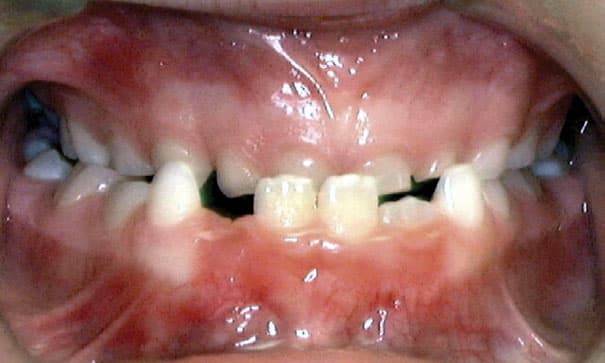
Underbite
An underbite is characterized by the lower jaw extending too far forward, causing the lower front teeth to overlap the upper teeth. This can affect your appearance, speech, and bite function. It may also lead to jaw pain or difficulty chewing if left untreated.
